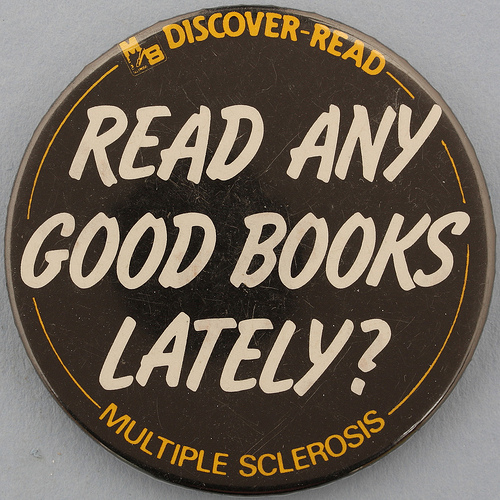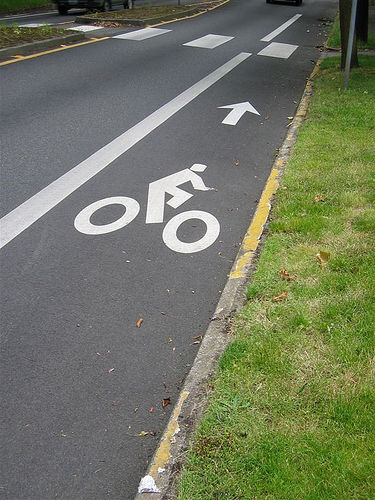
Source: READ ANY GOOD BOOKS LATELY, Leo Reynolds, Flickr
Now that you’ve had a chance to sharpen your ability to spot sentences that need revision, the next step is to get ideas about how to revise. Where do you start? Looking at good sentences written by other writers is one place to begin.
Good writers are almost always readers. Why? It’s because writers absorb ideas about writing from reading the writing of other people. Absorbing ideas is painless. If you read much, and especially if you read writing that is similar to the writing you want to do, you will improve your style, which includes the way you vary your sentences.
However, absorbing ideas takes time. You have to read a lot over a long period of time for the absorbing of style to take effect. If you want to speed up the process, you need to become a more conscious reader. In other words, pay attention to writing that you think is good and consciously imitate the style of this writing in your own writing.
We are going to practice some imitation of sentences throughout the rest of this lesson. These imitations will fix the structures and rhythms of good sentences into your brain faster and more permanently than will “absorbing” good structures and rhythms from ordinary reading.
Here’s how imitation works. We start with a sentence we admire for its style. Let’s use some sentences from the previous section. The first sentence we decided did not need to be revised in the last section was the following:

Source: Everglades2 013, 0Grapes429, Wikimedia
Burmese pythons, native to India, Sri Lanka, and Indonesia, are an invasive species in the United States.
When we imitate this sentence, we want to get as far as we can from the subject matter so our imitation is an imitation of the style, not the content. Therefore, we’ll try to imitate this sentence but use as the subject matter a description, not of a snake, but of a friend. Here’s an example:

Source: South Beach, Key West, FL.,
gusdiaz, Flickr
Peter, a long-time resident of New Jersey, likes to escape to Florida during the winter months.
When we imitate, it is up to us to decide how closely to stick to the structure of the original. The best imitation is not always the one that is closest to the original. This is because when we imitate, we want to do two things at once: 1) We want to use the original to give us some ideas, and 2) We want the sentence we are composing to be a good sentence. Sometimes an imitation that is perfectly aligned with the original will fail as a “good sentence.” You can test a sentence by reading it out loud. Your voice will help you hear the rhythm and flow of the sentence, qualities that are difficult to “hear” when you read silently.
Here’s another imitation of the structure present in the python sentence:

Source: Bike Lane, Shannon Henry,
Flickr
Bike lanes, now a common sight on our city streets, were unheard of less than 25 years ago.
The stylistic element we are imitating is the use of an appositive phrase after the subject. By imitating, rather than just memorizing the definition of an appositive phrase, we get the style “into our bones” so that we will be able to use it automatically. By being more conscious of the style, we end up owning the style.
In the next two sections, you will be asked to imitate the style of sentences or short passages. Remember that you should do both of the following:
- Follow the structure of the original sentence.
- Write a sentence that pleases you when you read it out loud.
Sometimes you will be able to stick very closely to the original; sometimes your version may imitate the original more loosely. No matter how you work with it, imitation is going to have a positive effect on your writing style.